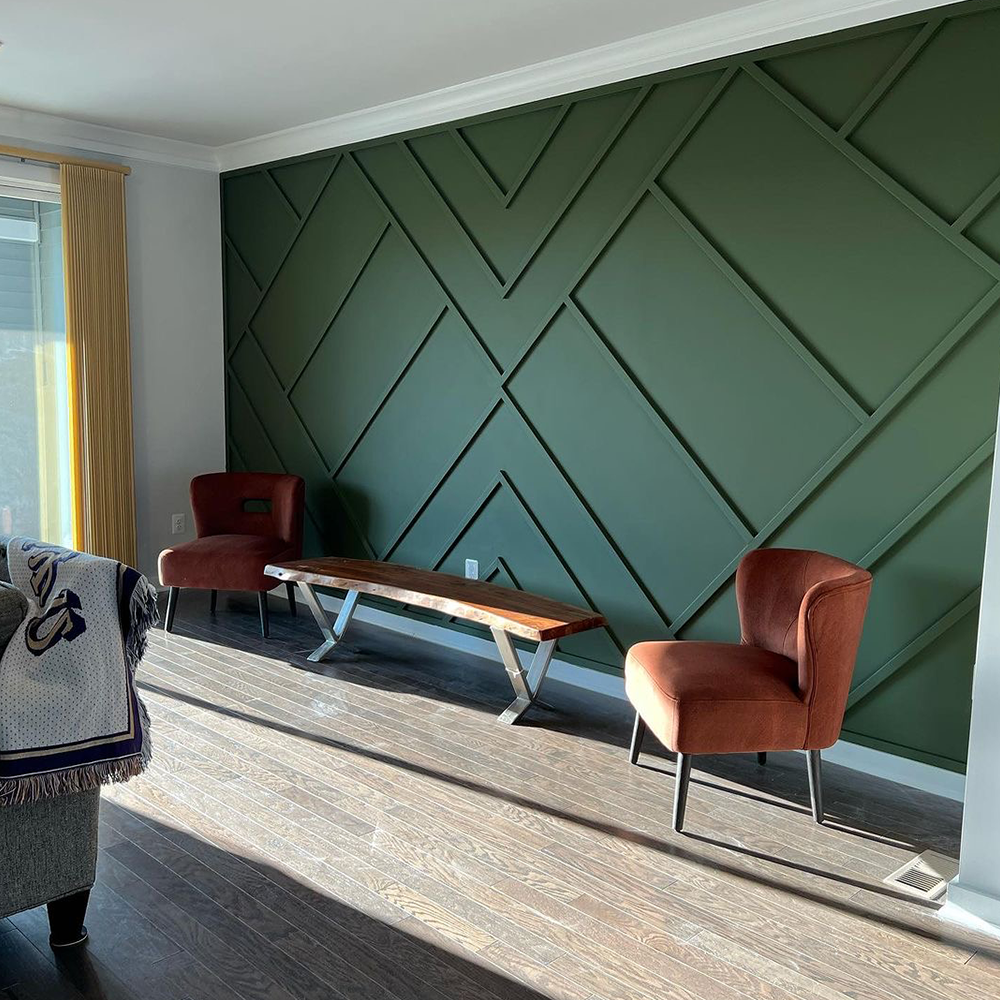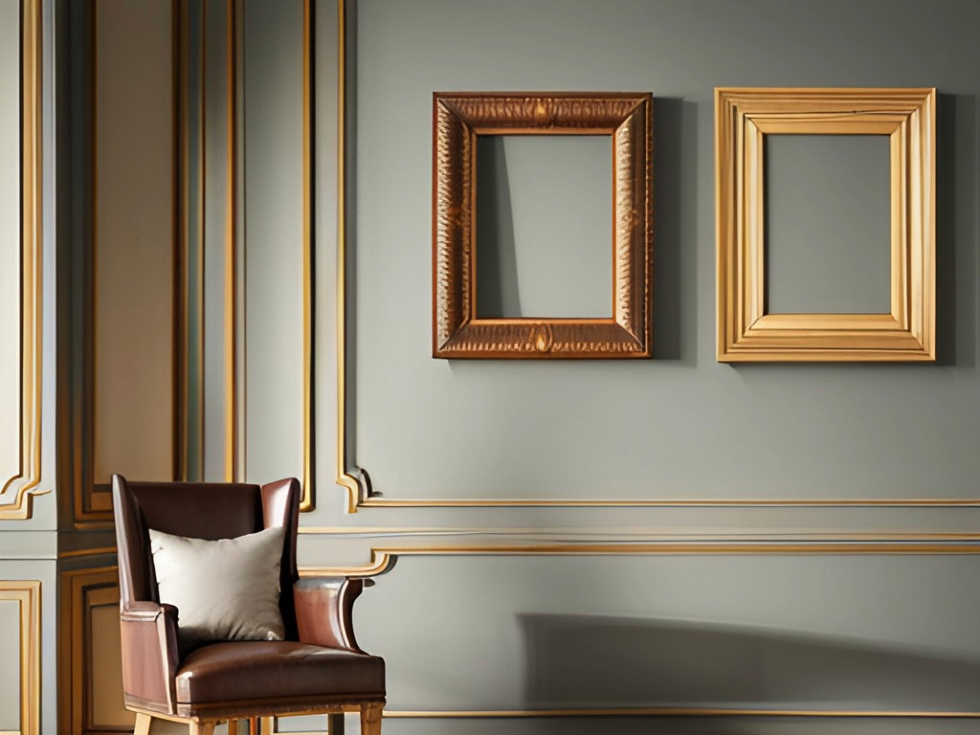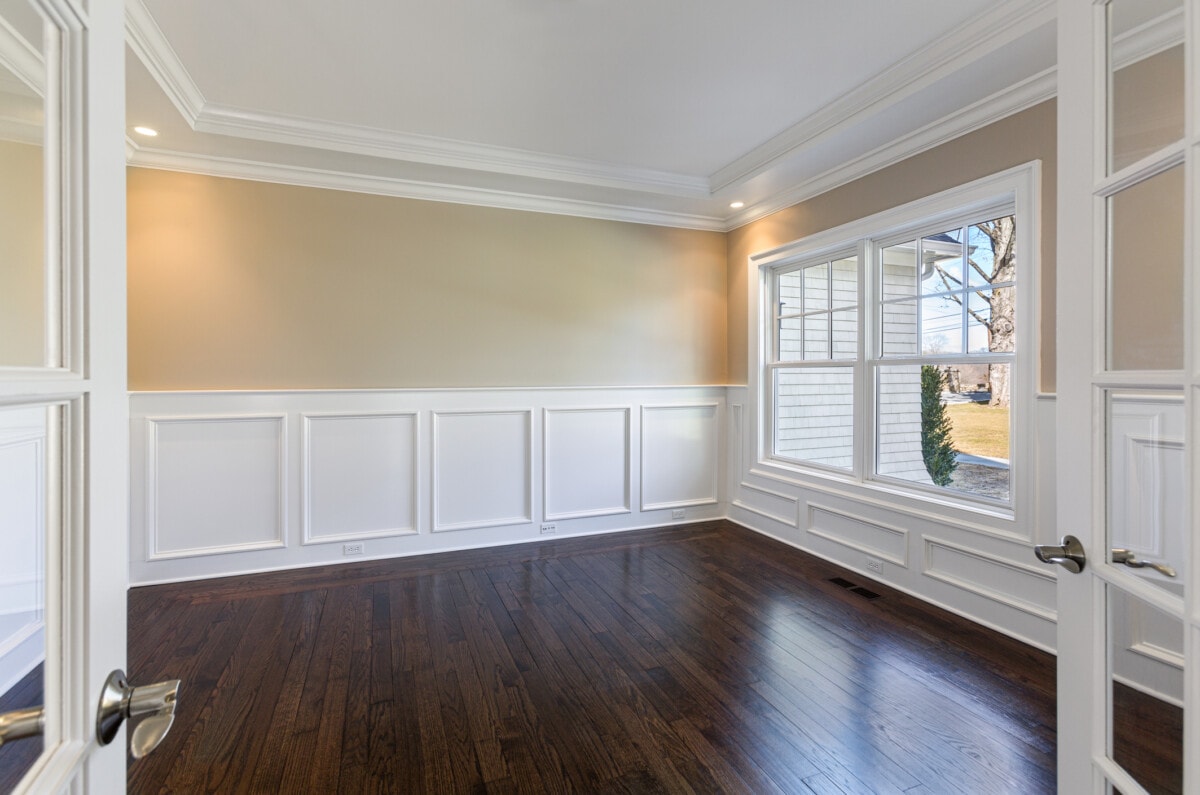Decorative wood wall trim is more than just an aesthetic choice; it’s a way to enhance the overall character and charm of your home. If you’re looking to create an inviting atmosphere or add a touch of elegance, wood wall trim can be a perfect solution. As a DIY enthusiast with years of experience, I’m excited to take you on a journey through the different aspects of decorative wood wall trim, including its types, installation processes, and maintenance tips.
What is Decorative Wood Wall Trim?
Decorative wood wall trim refers to the moldings and panels made from wood that are used to enhance walls. This trim adds finishing touches to a room, providing depth, dimension, and style. It can be applied in various forms, including baseboards, crown moldings, chair rails, and wainscoting.
Benefits of Decorative Wood Wall Trim
- Aesthetic Appeal: Wood trim adds warmth and a sophisticated touch to any room.
- Increase Property Value: Well-installed trim can increase the resale value of your home.
- Versatile Styles: Available in countless styles to match any decor theme.
- Durability: High-quality wood trim can withstand wear and tear over time.
Types of Decorative Wood Wall Trim
Understanding the various types of wood wall trim can help you choose the right style for your home decor. Here are some of the most popular types:
Crown Molding
Crown molding is typically placed where the wall meets the ceiling, accentuating height and adding an elegant finish.

Pros and Cons of Crown Molding
| Pros | Cons |
|---|---|
| Enhances the vertical space of the room. | Installation can be complex and requires precision. |
| Adds character to plain ceilings. | Can be costly depending on the material used. |
Baseboards
Baseboards run along the base of the wall and protect it from damage while providing a finished look to the room.

Pros and Cons of Baseboards
| Pros | Cons |
|---|---|
| Protects walls from scuffs and dirt. | Needs to be painted or stained periodically. |
| Available in numerous styles and sizes. | Can be prone to damage from moisture. |
Wainscoting
Wainscoting is a type of paneling that covers the lower part of the walls, usually up to 36 inches high. It’s great for adding a touch of elegance and protection.

Pros and Cons of Wainscoting
| Pros | Cons |
|---|---|
| Beautiful visual interest in a room. | Can be expensive to install. |
| Provides protection for walls in high-traffic areas. | May require professional installation for best results. |
Chair Rails
Chair rails are horizontal strips installed about one-third of the way up the wall, primarily for decorative purposes but can also prevent chairs from damaging the wall.

Pros and Cons of Chair Rails
| Pros | Cons |
|---|---|
| Offers a clear demarcation between wall colors. | Not always necessary in modern decor. |
| Adds visual interest to plain walls. | May not match every design style. |
Choosing the Right Decorative Wood Trim
When selecting the right decorative wood trim, consider the following factors:

Style
Choose a trim style that complements the overall decor of your home. For a modern look, opt for clean lines and minimalistic designs. Traditional homes benefit from more ornate trim styles.
Material
Different woods have different characteristics. Pine is affordable and easy to work with, oak is durable and stylish, and MDF provides a cost-effective alternative that is easy to paint.

Budget
Determine your budget before making a selection. While solid wood offers unparalleled beauty, it can be pricey. Consider alternatives like engineered wood or MDF for a more budget-friendly option.
Installation Guide for Decorative Wood Wall Trim
Installing decorative wood wall trim may seem daunting, but it’s a rewarding DIY project. Here’s a step-by-step guide based on my personal experience:
Materials Needed
- Wood trim
- Miter saw
- Nail gun or hammer and finishing nails
- Level and measuring tape
- Wood glue
- Caulk and caulking gun
- Paint or stain (optional)
Step-by-Step Installation
Step 1: Measure and Cut
Start by measuring the walls where you plan to install the trim. Use a miter saw to cut the trim pieces at a 45-degree angle for corners.
Step 2: Dry Fit
Before securing any trim, dry fit each piece to ensure it fits properly and make any necessary adjustments.
Step 3: Secure the Trim
Use a nail gun or hammer to secure the trim in place. Make sure to use a level to ensure everything is straight.
Step 4: Fill Gaps
Use wood glue to fill any gaps in the joints, and use caulk for any visible seams or imperfections.
Step 5: Paint or Stain
Once the trim is secured and the caulk is dried, paint or stain the trim for a polished finish. This is where you can let your creativity shine!
Maintenance Tips for Decorative Wood Wall Trim
To keep your decorative wood wall trim looking beautiful, regular maintenance is key. Here are some tips based on my experiences:
Regular Cleaning
Dust your trim regularly to avoid buildup. A soft cloth or microfiber duster works well for this.
Check for Damage
Inspect your trim periodically to check for any signs of damage or wear, such as chips or water damage.
Repaint or Reseal as Needed
Depending on the finish, you may need to repaint or reseal your trim every few years to maintain its beauty.
Comparing Decorative Wood Trim Materials
Choosing the right material for your decorative wood wall trim can significantly impact both aesthetics and longevity. Below is a comparative analysis of various materials:
| Material | Cost | Durability | Aesthetic Appeal | Maintenance |
|---|---|---|---|---|
| Pine | Low | Moderate | Warm, natural look | Requires painting/staining |
| Oak | High | Very high | Rich grain and color | Occasional refinishing |
| MDF | Very low | Moderate | Smooth surface, paintable | Easily damaged by moisture |
| Cherry | High | Very high | Beautiful reddish hue | Minimal maintenance |
Frequently Asked Questions (FAQs)
1. What types of wood are best for decorative trim?
The best types of wood for decorative trim include oak, pine, cherry, and maple. Each offers unique characteristics in terms of cost, appearance, and durability.
2. How do I choose the right style of trim for my home?
Consider your home’s overall decor, the size of the room, and your personal style. Look for samples or inspiration online to get a feel for what suits your space.
3. Can I install wood trim myself, or should I hire a professional?
If you have basic DIY skills, installing wood trim can be a rewarding project. However, for larger or more intricate installations, hiring a professional might be advisable.
4. How do I maintain my wood trim to keep it looking new?
Regularly dust the trim, inspect for damage, and repaint or reseal as necessary to maintain its appearance.
5. Is decorative wood trim worth the investment?
Yes! Decorative wood trim not only enhances the beauty of your home but can also increase its market value. The investment is typically worth it for the aesthetic benefits and added charm.
Conclusion
Decorative wood wall trim can transform your home, adding character, elegance, and value. With various styles and materials to choose from, you can easily find the perfect trim that complements your unique aesthetic. Whether you decide to tackle the installation yourself or hire a professional, the results will undoubtedly be rewarding. Embrace the beauty of wood trim in your home and enjoy the transformation!